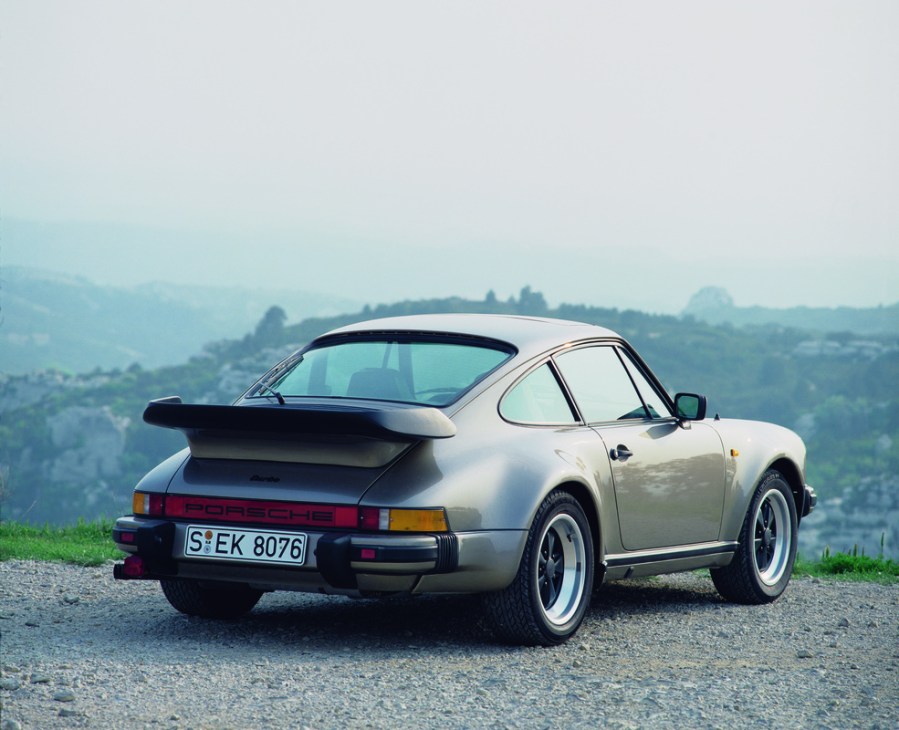Charting the rise and fall… and rise again of the turbo car.
While many would argue that there’s no replacement for displacement, the fact remains that the easiest way to extract bigger power from an engine is to work on its induction – and both superchargers and turbochargers do a very good job of this. By forcing more fuel and air into the combustion chamber, ultimately the explosion in the cylinder is bigger and you get more power and torque as a result.
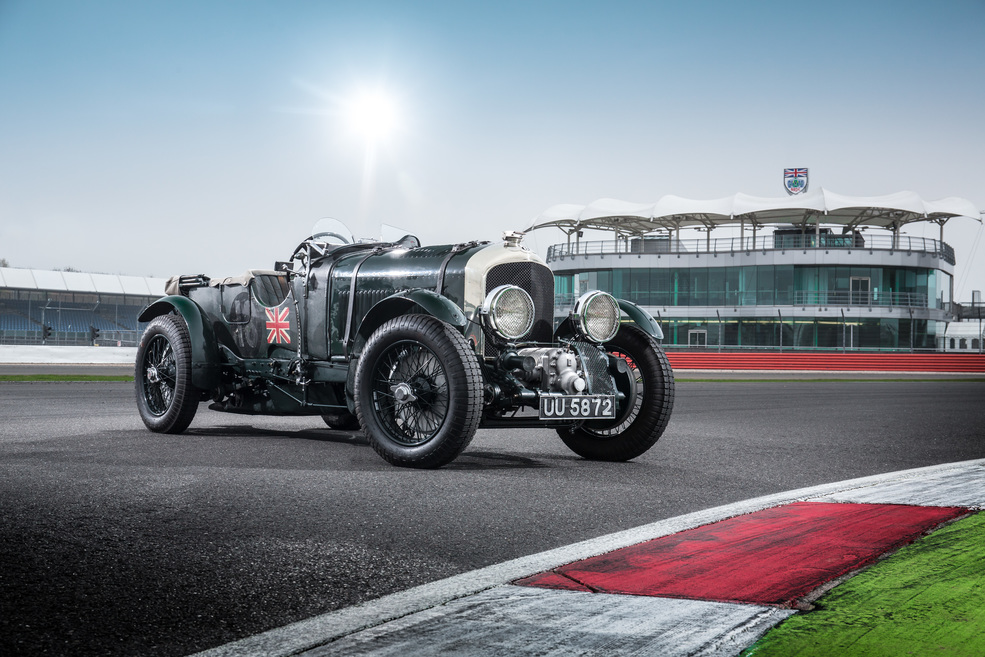
How it works: Supercharger
A supercharger is effectively a compressor, driven by a belt or chain from the engine, which will feed a greater quantity of air – and thus oxygen – into an engine.
By driving from the engine, it provides its own motive power – the higher the revs, the faster the supercharger spins and the greater the quantity of air dumped into the engine. The inherent disadvantage of a belt-driven supercharger is that it’s always running, always forcing a greater quantity of fuel and air into the engine than a naturally aspirated alternative, and its efficiency at low revs is therefore compromised. Supercharged engines use significantly more fuel than naturally aspirated engines – and while the rewards are there under acceleration, it can impact the viability of the car on a light-throttle cruise.
How it works: Turbocharger
A turbocharger works in a different way. While the principle of forced induction by compressor is similar, a turbocharger is not driven directly by the engine. Instead, exhaust gases expelled from the engine drive an impeller, which provides motive force to the compressor. This is why turbocharger systems can lag, especially with larger turbos since sufficient volume of exhaust gas must be produced until it’s spinning fast enough to provide any sort of forced induction.
This system is typically better suited to road car use because while there is a short time lag, below the revs at which the turbo becomes active the car is effectively naturally aspirated and therefore uses less fuel than a supercharged equivalent. A turbo only provides boost when it is wanted – and thus shouldn’t consume additional fuel on a cruise.
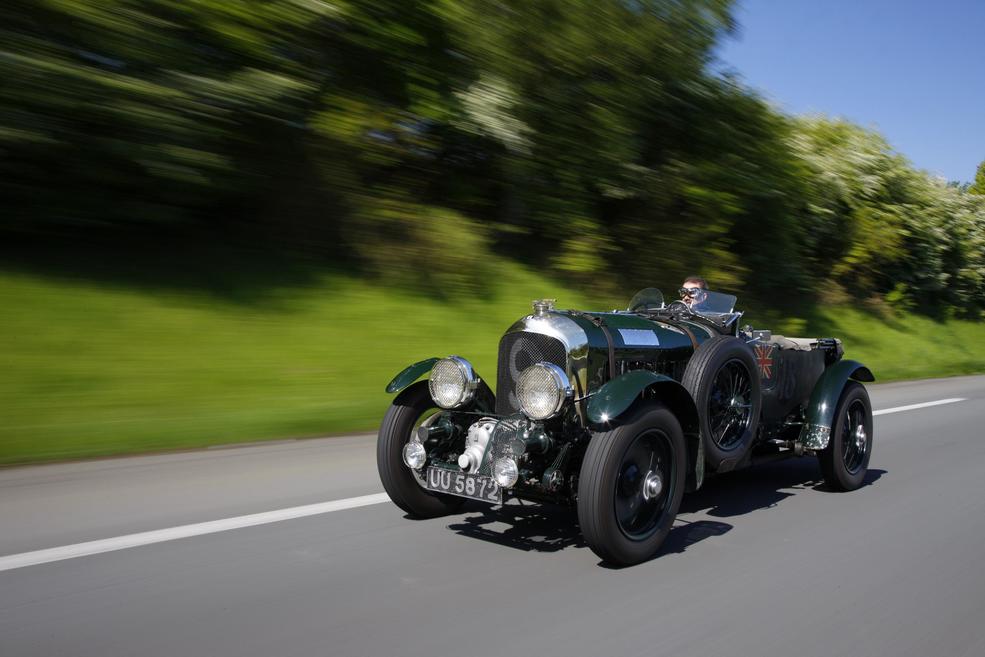
Blower Bentley
Forced induction is hardly a recent concept – it’s been in use for several decades. One of the most famous uses of forced induction in the early days of motoring was the supercharger fitted to Bentley’s 4.5-litre ‘Blowers’ from 1929. Famously, this was against the wishes of company founder W O Bentley, who favoured increased displacement for greater power. But Tim Birkin saw forced induction in use elsewhere and thought that it was just what the company’s products needed to retain the epithet of the fastest lorries in the world.
When the factory refused to develop the car, he chose to do it himself using the 4.5-litre as a base. With financial backing from Dorothy Paget and help from Amherst-Villiers, the project was underway – and proved to be more successful than Bentley’s own 6.5-litre Speed Six. The 4.5 was already advanced owing to its four-valve-per-cylinder head – but the supercharger took it into the big league.
A 50% power increase on the touring models translated into almost double the power for the racing version, with 242bhp where a naturally aspirated version was good for 130bhp. Bentley himself may not have liked it, but the fact remained that the distinctive Blower Bentley held the track record at Brooklands from 1931 to 1933. When Rolls-Royce bought Bentley, it discouraged racing activities, and thus the supercharging programme was stopped when Paget withdrew support from Birkin’s private racing team. It would take a further 40 years for Bentley to reinvestigate forced induction, and over 50 before the car saw the light of day.
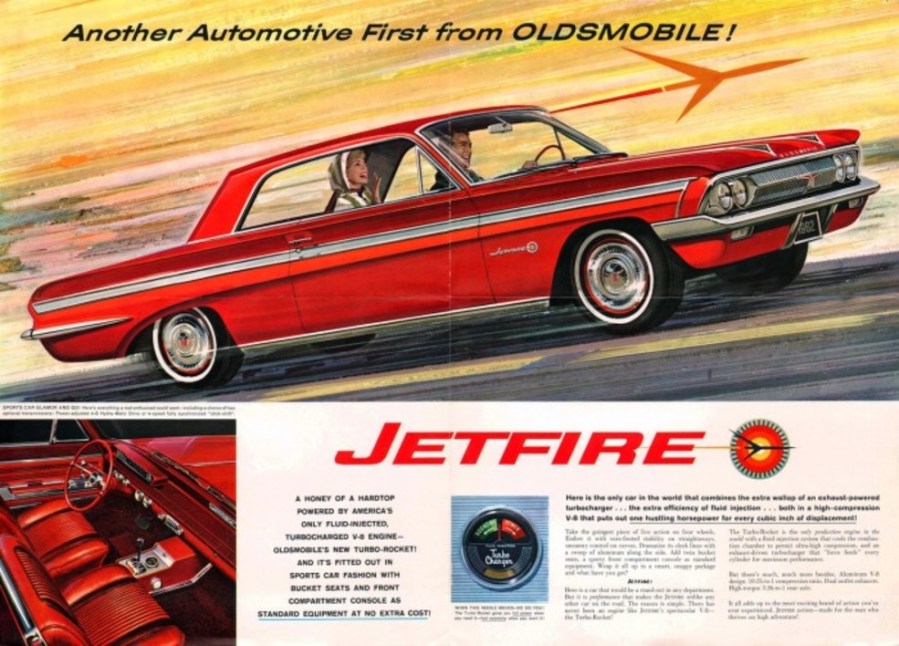
Oldsmobile Jetfire
The first production turbocharged car used a derivative of what later became the Rover V8. It seems odd to consider that given that the 1962 Oldsmobile Jetfire was a GM product, but before it was sold to Rover the aluminium engine had enjoyed healthy sales in Buicks and other brands on the other side of the pond. The Jetfire was based on the Oldsmobile Cutlass, and the 215ci V8 engine produced 215hp and 300lb.ft of torque as a result. This installation was more advanced than many subsequent installations in that it utilised charge-cooling to maintain a high compression ratio and alleviate knock. Briefly put, charge cooling is the injection of water and alcohol into the combustion chamber with the combustion gases. This cools and contracts them, meaning more combustible gases can be drawn in for each compression. Broadly speaking, more combustion means a bigger bang and more power.
Sadly, the system wasn’t reliable – partly because it was unknown technology for many garages and partly because customers didn’t keep replenishing the charge-cooling reservoir, causing knock and other issues. Many Jetfires were fitted with a conventional four-barrel carb and manifold instead. By 1963, Oldsmobile ceased production.
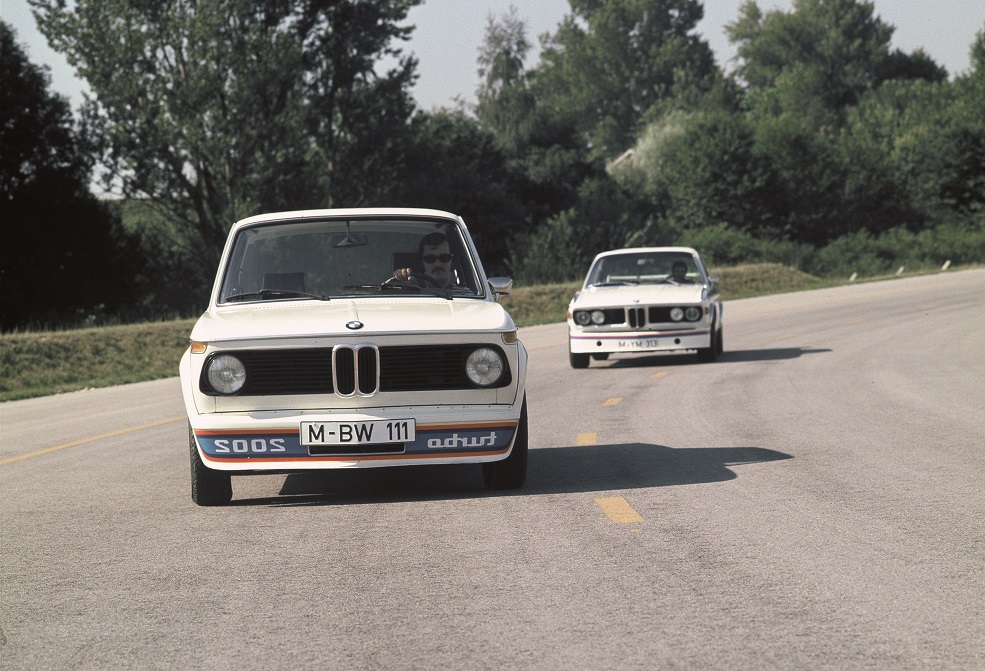
BMW 2002 Turbo
In Europe, the early players in the turbo game were BMW and Porsche. The BMW 2002 Turbo might have looked like every other 2002 you’d never noticed at first glance, but the strips and limited colour palette were enough to let the educated see that this was no mere Tii. Launched at the 1973 Frankfurt Motor Show, it was the first turbocharged car since the GM offerings of the early 1960s left production. With 170bhp and 177lb.ft of torque from its 2.0 four cylinder, engine knock was obviated in the now accepted way of reducing the compression ratio rather than by charge cooling. In this case, the ratio was reduced to 6.9:1. A KKK turbocharger was linked to mechanical fuel injection, with a boost enrichment feature to prevent pinking. Unfortunately the BMW was launched just prior to the 1973 oil crisis, and high performance luxury cars suddenly fell out of fashion. Just 1672 were made.

Porsche 911 Turbo
Porsche, however, picked up the Bavarian baton just two years later with its 911 Turbo. Launched in 1975 under the model code 930, the Turbo was the result of several years’ experimentation on the racing circuit. Development of the road car began in 1972, as a homologation special in the style of the earlier 2.7 Carrera RS. 400 cars had to be built and sold through the dealer network over a two year period in order to qualify it as a racer. What Porsche didn’t expect was the popularity of the model, with over 1000 sold in the first full year of production. It utilised a single KKK turbocharger fitted to the 3.0 flat six of the Carrera 3.0 RS, and produced 256bhp and 243lb.ft of torque. New suspension, brakes and gearbox were utilised, though the choice of a four speed unit upset many who had grown used to a fifth gear in the lesser naturally aspirated car.
Wider rear wheels and a big spoiler helped to improve grip and downforce at the rear, in an attempt to circumvent the lag from the turbo. The 911 Turbo’s lag became the stuff of bar room folklore, with many claiming to know someone who’d bent a Turbo through boost coming on at the wrong moment in a bend. But in truth, modern tyres mean that today a Turbo is a relatively stable car as long as you don’t deliberately try to unsettle it.
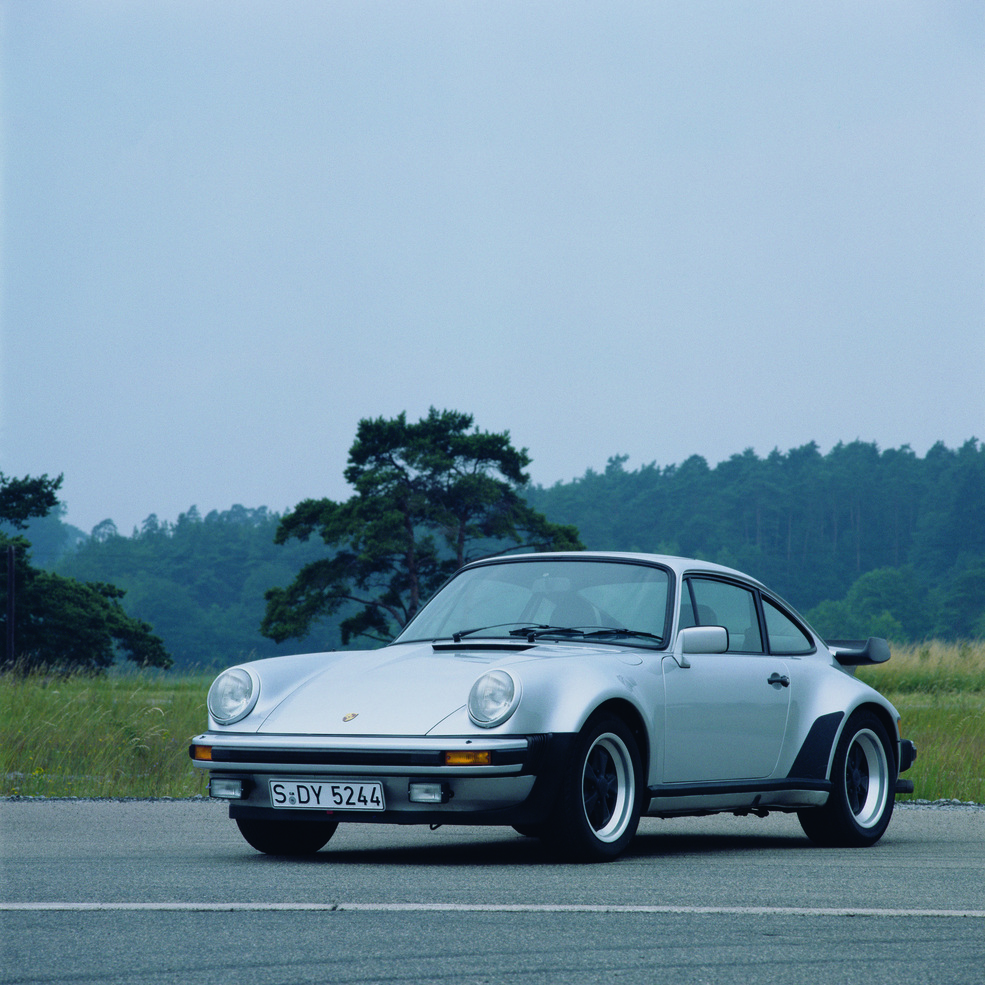
SAAB
Saab is one of the best-known names in association with turbocharging today. Developed as a response to the nose-heaviness of proposed V8-engined 99s, Saab made the technology its own.
Saab followed the lead set by Porsche with its 911 – using a Bosch fuel injection system in conjunction with a turbocharger to boost power. Saab chose the Garrett T3 – a small turbocharge that would have minimal lag, but which still boosted the power of the 99 to 145bhp. 100 development cars were built during 1977 – 14 notchbacks and 86 Combis.
Viewed against the BMW 320i and the Triumph Dolomite Sprint, the 99 was a revelation – more aggressive than the free-revving Brit and faster than the efficient German. Even the larger engine 323i launched to rival the SAAB couldn’t match it for in gear acceleration times.
The 99 Turbo was initially launched as a three-door hatchback Combi-Coupe, though there was a two-door homologation special introduced for 1979. The market proved successful – with over 10,000 Turbo models having been built in total by the end of 1979.
Subsequent models including the 900 Turbo, 9000 Turbo and 9-3 Aero cemented the Swedish brand’s reputation in the world of turbocharging, and sparked a loyal following among those seeking to avoid the image of the traditional German performance saloons. Arch rival Volvo followed suit, but was never as intrinsically linked with the concept in the minds of the masses as their Swedish competitors.
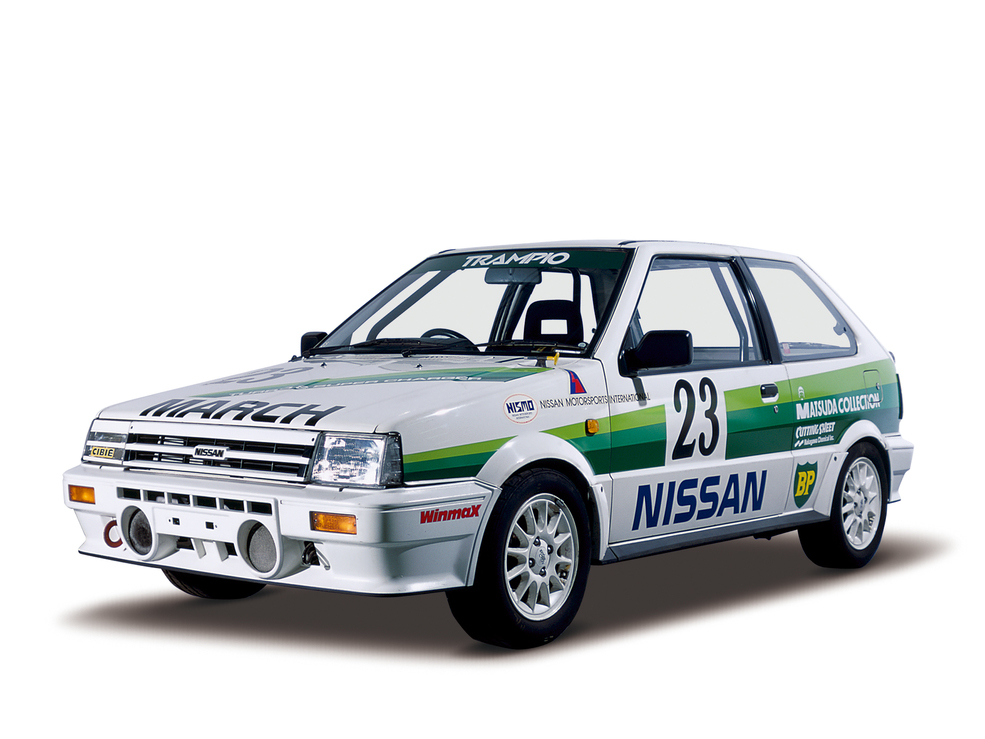
Best of both worlds
So you thought compound charging came in with the VW Golf in the mid 2000s? Not a bit of it. The idea originated on the rally scene, but was first offered to the public in a homologation special produced in Japan during the 1980s.
The Nissan March was the Japanese domestic market variant of what we know as the K10 Micra – a small hatchback upon which the Pike cars were based. But they like motorsport in Japan, and Nissan offered enthusiasts the opportunity to rent cars to partake in a very special compact racing series called the March Little Dynamite Cup. This event was first held in 1987, and featured several Marches fitted with 1.0 engines, to which superchargers and turbochargers had both been bolted. The result was that this screaming 1.0 engine was able to produce 110bhp and 95lb.ft of torque.
The idea was that the supercharger would provide 10psi of boost up to the point at which the turbo cut in, obviating the lag that a turbo providing a full bar (14psi) of boost was likely to have with such a tiny engine. A magnetic clutch prevented the supercharger from kicking in under light load for economy, and also cut it off once the turbocharger came on stream. The engine was called the PLASMA engine by Nissan – PLASMA standing for Powerful & Economic, Light, Accurate, Silent, Mighty, Advanced. And no. We’re not making that up.
Unsurprisingly, these cars were a hoot to drive. Unsurprisingly, the public wanted them for road use. And unsurprisingly, Nissan obliged – with a production run of just 10000. These cars were trimmed properly – and usable as cars. But 110bhp in 770kg still made them quick little pocket rockets.
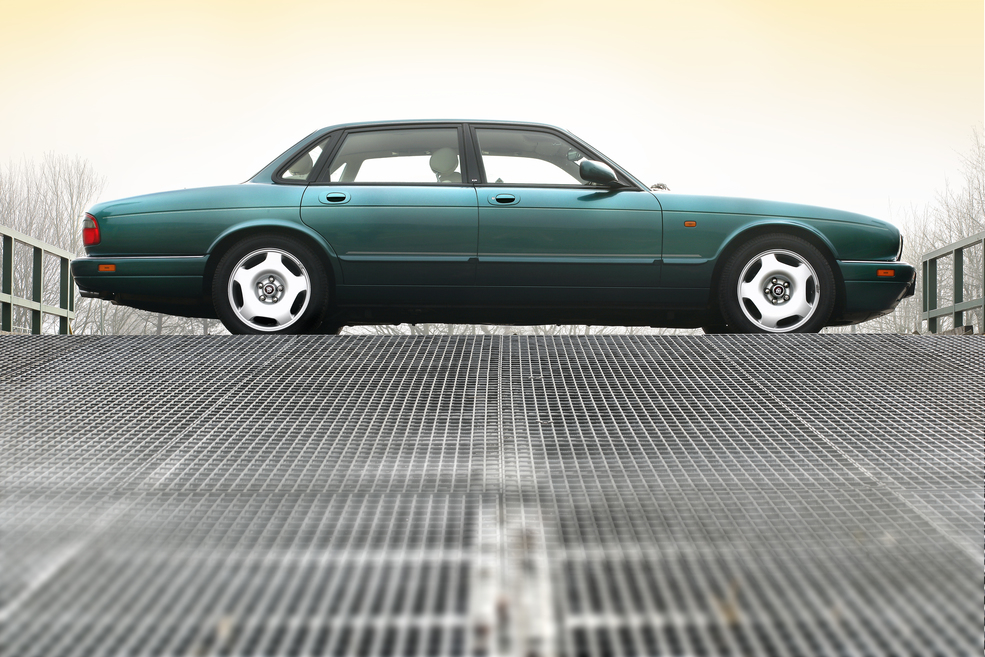
Revival of supercharging
Tom Walkinshaw Racing had been producing performance-orientated derivatives of the XJ6 4.0 for some years under the XJR tag with improved suspension, a bodykit and trim trying to target the cars at a younger audience. When the X300 was launched, though, Jaguar had a new ace up its sleeve in the form of a dedicated in-house performance model – the XJR project had been taken from TWR and brought in house.
In secret, Jaguar had been experimenting with forced induction since the late 1980s – twin turbocharging for the stillborn XJ41 coupe, but also with supercharging for a new fast saloon model. Initial tests were risky: 15-inch wheels and standard suspension meant 300bhp was too much and the first test mule was rolled – but the development over the intervening five-year period meant that by 1994 the supercharged cat was ready to pounce. Lowered on stiffened suspension with sexy 17-inch alloys, blacked-out window frames, a body-coloured mesh grille and a new interior with dark stained wood and high contrast trim marked out this most special of X300s at a glance, and hinted at the 325bhp and 378lb.ft of torque lurking underneath.
Here was a Jag just as quick as the XJ12, but with a sharper focus – and a far lower list price. The market loved it – and supercharging remains the way of the most powerful Jags to this day.

Mercedes SLK
When the SLK was under development, Mercedes found that its six-cylinder M104 engine was too heavy for the lithe sportscar – it transformed it from a sweet handler into something too lumpen to take on the MX5 and the small sports car it knew BMW was working on.
But the M111 four-pot didn’t have enough power. The solution was simple: revisit the supercharger. By strapping one onto the 2.3-litre variant of the M111, power was boosted to 192bhp – exactly the same as the 2.8-litre M104 six, but with far less weight to hinder the chassis balance. Economy was up on the six too, resulting in a win-win situation for Mercedes. Supercharged M111s later found their way into the C-Class saloon and CLK coupe, sparking a supercharged renaissance for Mercedes.
Conclusion
As we seek to maintain high power outputs while conforming to ever-tighter emissions regulations, the modern car world is seeing more and more forced induction cars in order to ensure economy. We’re definitely beyond the point at which natural aspiration is the norm – forced induction has taken precedence in mainstream internal combustion and hybrid powertrains, as engine sizes have shrunk and a 1.4-litre turbocharged unit is now frequently found in cars which once would have sported a ‘2.0’ badge on the boot.

